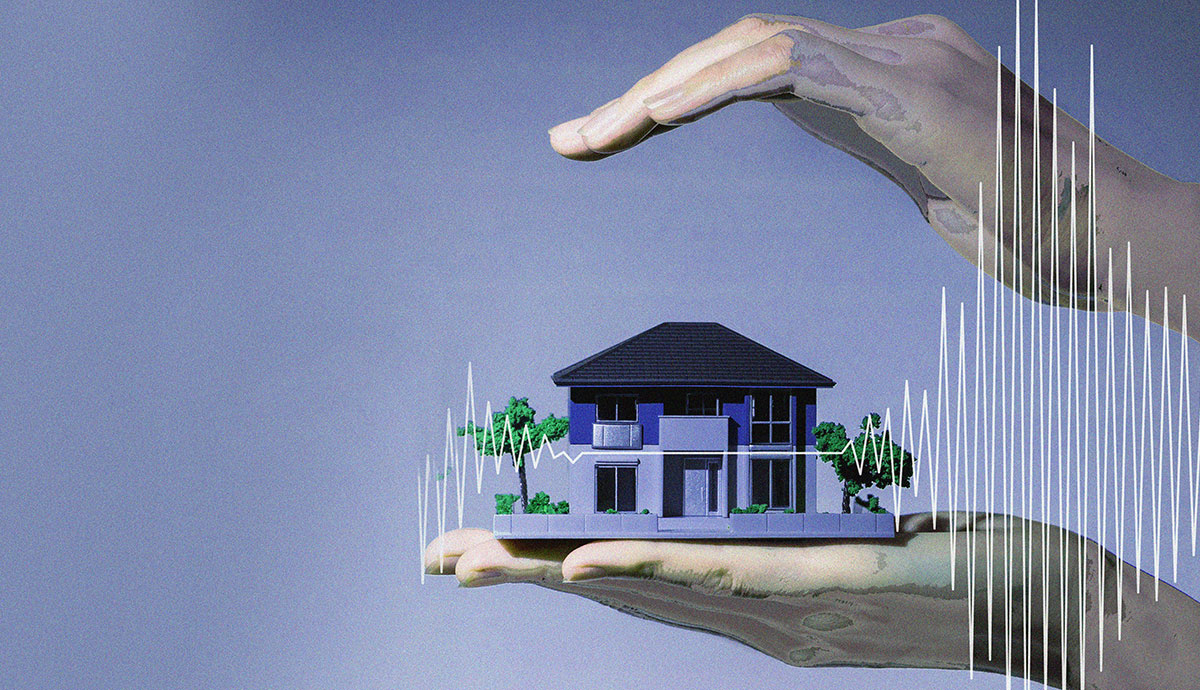Seismic Strengthening: Protecting homes and buildings from earthquakes
Penny Dower Hunt, 29 March, 2025Christchurch, located in New Zealand, is no stranger to earthquakes. The devastating 2011 earthquake, which caused significant destruction and loss of life, highlighted the critical need for seismic strengthening in buildings across the city. While many buildings in Christchurch have been rebuilt or repaired in the years following the disaster, the importance of seismic strengthening remains a key consideration for property owners. This article explores why seismic strengthening is essential for Christchurch's buildings, the methods used, and how property owners can ensure their buildings are earthquake-ready.
What is Seismic Strengthening?
Seismic strengthening involves modifying and reinforcing buildings to better withstand the forces generated by earthquakes. This process can range from simple measures, such as adding bracing or strengthening walls, to more complex structural modifications, including the installation of base isolators or reinforcing foundations. The goal of seismic strengthening is to reduce the risk of building failure during an earthquake, protecting both the building’s occupants and the structure itself.
Seismic strengthening in Christchurch has become especially crucial due to the city's location within an active seismic zone. Since the 2011 earthquake, many buildings in Christchurch have been retrofitted or rebuilt to meet updated earthquake-resistant standards. However, numerous older buildings remain vulnerable to seismic activity, making further strengthening efforts essential.
Why is Seismic Strengthening Important in Christchurch?
Christchurch is located in the Canterbury region of New Zealand, which lies on the boundary between the Pacific and Australian tectonic plates. This region is highly susceptible to earthquakes, making seismic strengthening a vital aspect of building safety.
1. Protection of Lives
The primary reason for seismic strengthening is to protect the lives of people who live, work, and visit buildings. Earthquakes can cause significant structural damage, leading to building collapses. By reinforcing buildings, seismic strengthening helps to ensure that they can withstand the forces of an earthquake and prevent fatalities or injuries.
2. Preserving Property and Investment
Strengthening buildings not only ensures safety but also protects the value of a property. In Christchurch, buildings that were not retrofitted after the 2011 earthquake were often deemed unfit for use, leading to a significant loss in property value. Seismic strengthening helps to maintain or even enhance the value of a building, which is crucial for property owners and investors.
3. Compliance with Building Codes
New Zealand’s building codes have undergone significant changes in response to the 2011 earthquake. As a result, many older buildings in Christchurch no longer meet current seismic standards. Seismic strengthening is often required to bring buildings up to code, ensuring compliance with legal requirements and safeguarding the building from future risks.
4. Resilience of the Community
Christchurch’s recovery from the 2011 earthquake has been a long process, and seismic strengthening plays a crucial role in building a more resilient city. Ensuring that buildings are earthquake-ready helps reduce the economic and social impacts of future seismic events, allowing for a faster recovery and less disruption to the community.
Methods of Seismic Strengthening
There are several methods of seismic strengthening that can be used to reinforce a building, depending on its age, design, and the extent of required upgrades. These methods may include:
1. Adding Bracing and Diaphragms
One of the most common techniques is to add bracing to walls or floors to prevent lateral movement during an earthquake. Diaphragms are used to tie the building’s floors and roof together, ensuring that forces are distributed evenly across the structure.
2. Reinforcing Foundations:
Strengthening the foundation of a building is critical for its overall stability during an earthquake. This can include underpinning, which involves strengthening and deepening the building’s foundation to prevent movement.
3. Installing Base Isolators
Base isolators are a type of seismic damping system that is installed between a building's foundation and structure. These isolators allow the building to move independently from the ground motion during an earthquake, reducing the forces transferred to the structure.
4. Strengthening Masonry Walls
Many older buildings in Christchurch feature unreinforced masonry walls, which are particularly vulnerable to earthquakes. Strengthening these walls can include adding steel frames, mesh, or reinforcement bars to improve their structural integrity.
5. Upgrading Structural Connections
Seismic strengthening may also involve upgrading the connections between various parts of the building, such as beams, columns, and foundations. This helps to improve the overall stability and reduce the risk of collapse.
How to Get Seismic Strengthening done in Christchurch
If you’re a property owner in Christchurch and are concerned about the seismic safety of your building, the first step is to seek professional advice. A qualified structural engineer will assess the building’s current condition and determine whether seismic strengthening is necessary. They will also recommend the most effective strengthening methods based on the building's design and construction.
Once the assessment is complete, the engineer will provide a report and recommendations, which can then be used to obtain the necessary permits for the strengthening work. It’s important to work with a reputable contractor who specializes in seismic strengthening to ensure the work is done to a high standard.
Conclusion
Seismic strengthening is an essential consideration for property owners in Christchurch, given the city’s vulnerability to earthquakes. By reinforcing buildings to meet current seismic standards, property owners can protect lives, preserve property values, and ensure the safety and resilience of their buildings in the face of future seismic events. Whether you own a home, commercial property, or historic building, investing in seismic strengthening is a crucial step toward safeguarding your property and contributing to a safer, more resilient Christchurch.

